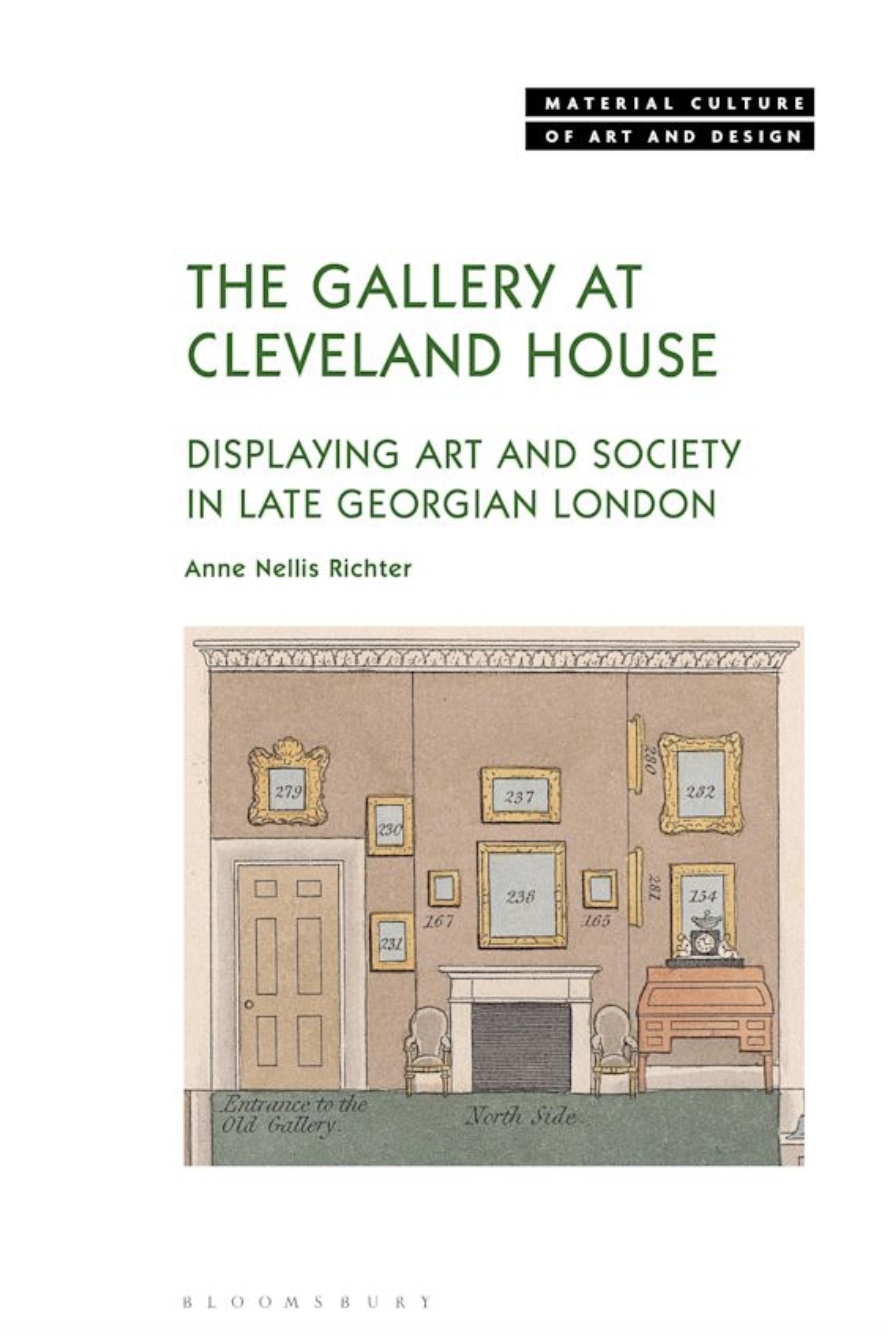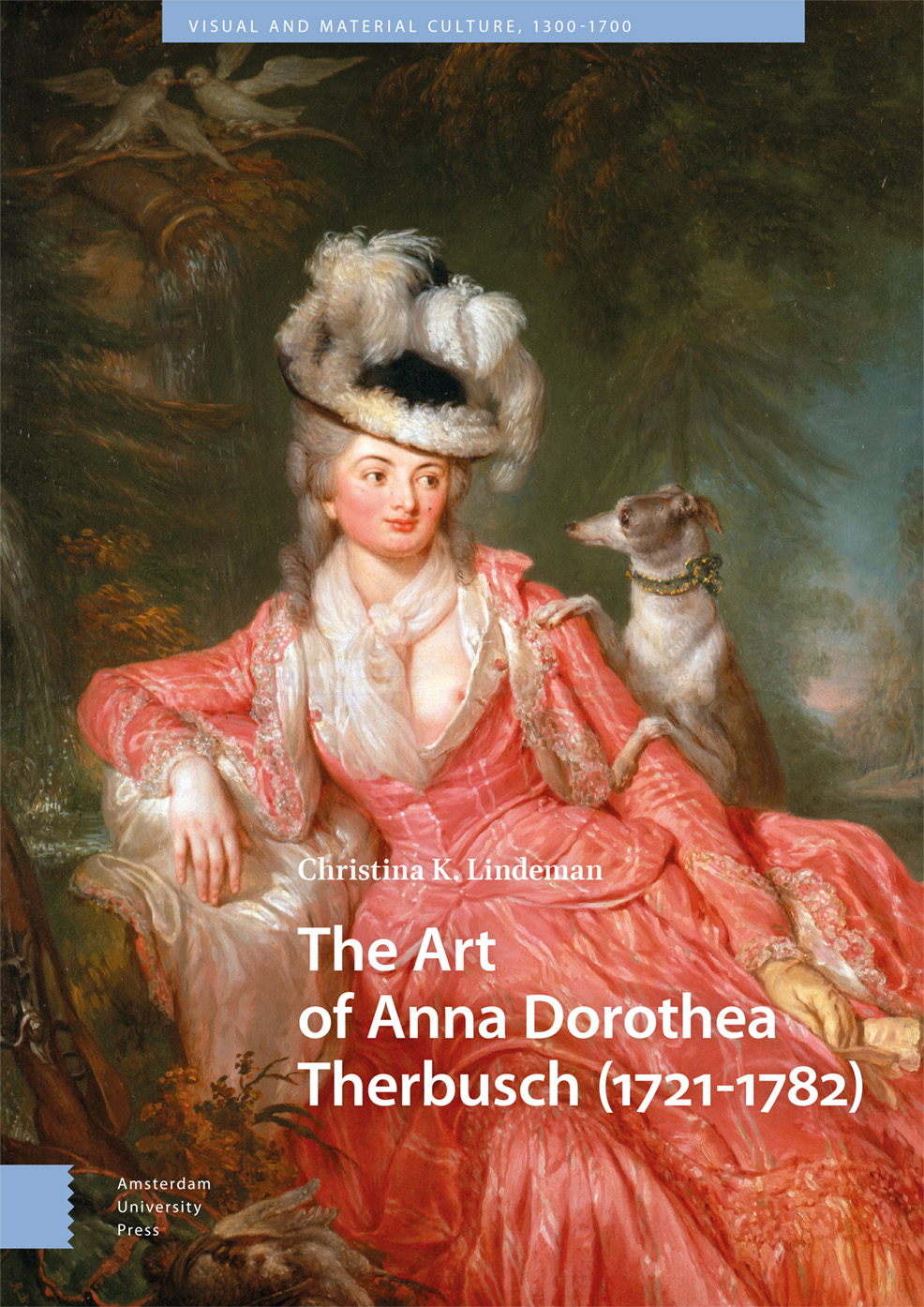Conference | The First Public Museums, 18th–19th Centuries
From ArtHist.net:
Publics of the First Public Museums: II. Literary Discourses, 18th–19th Centuries
Durham University, 23–24 May 2024
Organized by Carla Mazzarelli and Stefano Cracolici
The workshop Publics of the First Public Museums (18th and 19th Centuries), II. Literary Discourses is an integral part of the research project Visibility Reclaimed: Experiencing Rome’s First Public Museums (1733–1870), An Analysis of Public Audiences in a Transnational Perspective (SNSF 100016_212922). The second of three encounters, this workshop delves into the examination of literary discourses vital to understanding the experiences of early museum-goers. Travel literature has long represented a privileged source for investigating the origins of the first public museums and the practices of access to public and private collections in Europe. However, in the light of recent studies aimed at deepening the material history of the museum and the encounter of the public with the institutions, these sources deserve a closer scrutiny in both methodological and critical terms. Following the inaugural Rome session that focused on institutional sources, the Durham workshop turns its gaze towards the rich literary narratives with the aim of analysing them also in a comparative perspective with the primary sources. As museums sought to define and engage their public, literature often became both a mirror and a mould, reflecting and shaping societal perceptions. With a spotlight on interdisciplinary and transnational approaches, the Durham workshop calls for a deeper probe into the visual and material realms of museums, emphasizing the interplay between literary discourses and artworks, collections, display, space, audiences ‘narrated’ in the museum and the evolving institutional norms of the 18th and 19th centuries. Information and streaming on request: visibilityreclaimed@gmail.com.
Principal investigator
Carla Mazzarelli, Università della Svizzera italiana, Accademia di architettura di Mendrisio, Istituto di storia e teoria dell’arte e dell’architettura
Project Partners
Giovanna Capitelli, Università Roma Tre
Stefano Cracolici, Durham University
David García Cueto, Museo del Prado
Christoph Frank Università della Svizzera Italiana
Daniela Mondini, Università della Svizzera Italiana
Chiara Piva, Sapienza Università di Roma
Organising Secretary
Gaetano Cascino (Università della Svizzera italiana)
Lucia Rossi (Università della Svizzera italiana)
t h u r s d a y , 2 3 ma y
9.00 Welcome by Ita MacCarthy (Durham University, Institute of Medieval and Early Modern Studies, Director)
9.15 1 | Methodological Reflections
This session serves as an introduction to the workshop, providing a shared reflection on the current state of research and the future prospects. It will focus on the comparative, interdisciplinary, and intermedial analysis of literatures within the field of museum studies.
Chair: Christoph Frank (Università della Svizzera italiana)
• Carla Mazzarelli (Università della Svizzera italiana) — Letterature e pubblici del Museo: fonti o modelli?
• Stefano Cracolici (Durham University) — Musei d’Arcadia
• Marco Maggi (Università della Svizzera italiana) — ‘Tutta l’arte del buon governo trastullando imparare in un passeggio’: A Literary Rearrangement of the Duke of Savoy’s Great Gallery
11.15 2 | Museums at Hand
This session will analyse literary genres for museum visitors, like guidebooks, and the role of periodicals in broadening museum audience engagement. Discussions will cover the evolution of these texts and new reading approaches introduced by Digital Humanities.
Chair: Giovanna Capitelli (Università Roma Tre)
• Damiano Delle Fave (Sapienza Università di Roma) — Pubblici dei musei a Roma nelle guide dell’Ottocento
• Gaetano Cascino (Università della Svizzera italiana) — ‘I Romani non frequentano le gallerie di Roma’: discussioni e stereotipi sui visitatori dei musei di Roma nella stampa di secondo Ottocento
• Pietro Costantini (Università di Teramo) — Viaggio in Abruzzo: Vincenzo Bindi e I Monumenti storici ed artistici degli Abruzzi
12.30 Keynote Address
• Carole Paul (University of California, Santa Barbara) — The Museum Going Public in 18th-Century Italy
13.15 Lunch Break
14.15 3 | Museums on the Beaten Track
This session focuses on museum experiences in travel literature, including correspondence, diaries, and travel accounts. Discussions will specifically examine the unique perspectives of visitor-narrators and how published literary accounts of museum visits compare or contrast with unpublished sources.
Chair: Mauro Vincenzo Fontana (Università Roma Tre)
• Rosa Maria Giusto (Napoli, CNR) — La ‘città-museo’ e i resoconti dei viaggiatori: le Notizie di Roma scritte dal Sig.re Aless.o Galilei
• Luca Piccoli (Università della Svizzera italiana) — Reise nach Italien dell’architetto Simon-Louis Du Ry: resoconti pubblici e privati sui musei in Italia a confronto
• Ludovica Scalzo (Università Roma Tre) — ‘The torch, like Promethean fire, makes every statue live’: visite a lume di fiaccola nei musei romani dai resoconti di viaggio della prima metà dell’Ottocento
15.30 Coffee Break
15.45 4 | Varieties of Sightseeing
This session explores the variety of visiting spaces, perspectives, and geographies in the 18th and 19th centuries, including museums, monuments, private palaces, and studios. Discussions will focus on what these diverse viewpoints reveal about sociocultural dynamics.
Chair: David García Cueto (Museo Nacional del Prado)
• Daniel Crespo-Delgado (Universidad Complutense de Madrid) — Los monumentos y las colecciones de arte en la literatura de viajes española (y por España) de la Ilustración
• Victoria Arzhaeva (EPHE-PSL, laboratoire Histara) — Les pensionnaires russes au Vatican: l’expérience muséale à travers la correspondence artistique et les journaux intimes du XIXe siècle
• Michele Amedei (Università di Pisa) — ‘The Studio was a monument of his intelligent taste and æsthetic
culture’: l’atelier dell’artista nei resoconti e diari di viaggio di visitatori nordamericani nella Toscana dell’Ottocento
17.00 Keynote Address
Christoph Frank (Università della Svizzera italiana) — In the Shadow of the Americas: The Humboldts and Schinkel in the Rome of the Early 1800s
f r i d a y , 2 4 m a y
9.00 5 | Literary Landscapes
This session aims to reflect on how literature provides a multifaceted view of the museum experience, extending the analysis to landscape traversal. It will consider the poetic charm of narrative evocations that capture the emotions of a setting and the ekphrastic descriptions that articulate artworks in written words.
Chair: Ita MacCarthy (Durham University)
• Cecilia Paolini (Università di Teramo) — Il Controcanto di Clio: George Sand e l’inascoltata interpretazione del paesaggio italiano tra spazio barocco e romanticismo progressista
• Elizaveta Antashyan (Sapienza Università di Roma) — ‘A Walk through the Hermitage’: Russia’s First Public Museum and Its Reflections in Literature during the Reign of Alexander II (1855–1881)
10.00 6 | Museum Tales
This session is dedicated to literary texts that transform museum visits into narratives. It explores how notions of time and space during such visits compare with the temporal dynamics of literary narration and how the perception of the visited places differs from travel accounts.
Chair: Sara Garau (Università della Svizzera italiana)
• Lucia Rossi (Università della Svizzera italiana) — Il ‘Museo di Roma’ tra esperienza, ricordo e costruzione narrativa: I Miei Ricordi e le Lettere di Massimo d’Azeglio
• Meghan Freeman (Yale University) — The Intimacies of Art Travel in Henry James
• Corinne Pontillo (Università di Catania) — ‘S’arrestò davanti alla Gioconda’: visitare il Museo del Louvre attraverso la letteratura
11.15 Coffee Break
11.30 7 | Sensory Visits
This session explores how the concept of the museum as a space to ‘read’ differs from its traditional perception as a space to ‘visit’. It will examine, from an interdisciplinary perspective, the implications of this distinction in literary and museological discourses, with a special focus on the sensory dimension of navigating through texts and the museum.
Chair: Marco Maggi (Università della Svizzera italiana)
• Isabelle Pichet (UQTR, Trois Rivières) and Dorit Kluge (VICTORIA | International University, Berlin) — Experiencing 18th-Century Art Exhibitions in Paris and Dresden: A Sensory Interplay between Exhibition and Text
• Sofia Bollini (Università Luigi Vanvitelli, Napoli / Università della Svizzera Italiana) — Il preparato anatomico come oggetto museale e letterario nella cultura tardottocentesca
• Laura Stefanescu (Villa I Tatti, Harvard University) — Vernon Lee’s Gallery Diaries: An Aesthetic Bodily Experience of Italian Museums in the Early 20th Century
12.30 Discussion and Conclusion
Exhibition | Fanciful Figures

Soane office hand, RA Lecture Drawing of the Portico of Holkham Hall, Norfolk, 1806–19
(London: Sir John Soane’s Museum 17/1/20)Lisbon: Calouste Gulbenkian Museum)
◊ ◊ ◊ ◊ ◊
Now on view at Sir John Soane’s Museum:
Fanciful Figures
Sir John Soane’s Museum, London, 22 March — 9 June 2024
Fanciful Figures turns visitors’ attention to ‘staffage’, the small human and animal figures in architectural drawings, which became increasingly popular during the eighteenth century. Drawing on the drafting practices of past and present, the exhibition illustrates staffage’s ability to animate architects’ visions, both for built projects and unrealised designs.
The Georgians placed these figures—whether beautifully dressed, sociable, or industrious—into their drawings to animate, add intrigue, and enhance the aspirational appeal of their designs. They also played, and continue to play, an important role in indicating the scale and function of architectural elements and drawing attention to the special features of designs. Just as architects today use staffage to help prospective buyers imagine a life in and around new developments, these historic scenes were created to market new possibilities to audiences. They have, therefore, taken on a new significance as a means of signalling shifts in style, demographics, work, and culture. Between the city traders and happy families, street-side boxing matches and children riding in dog-carts, the figures celebrated in this exhibition help piece together a vibrant picture.
The exhibition draws largely from the Museum’s own collection, including a very early instance of staffage by figure artist Leonard Knyff from 1695. This is shown alongside works by Soane’s favourite draughtsman Joseph Gandy and a series of never-before-seen prints by Benedict Van Assen, both pioneers in this practice.
A specially commissioned film, on display in the Museum’s Foyle Space, explores the representation of figures and communities in contemporary architectural drawing, illustrating the roles that these figures play in reflecting the values, priorities, and aspirations of architects and their projects. The film discusses this subject with four prominent architectural practices: Nimtim, Muf, Office S&M, and OMMX. At the cutting edge of their field, these architects question who is represented in architectural designs and what the impact of this representation of our shared spaces has on how we live.



















leave a comment